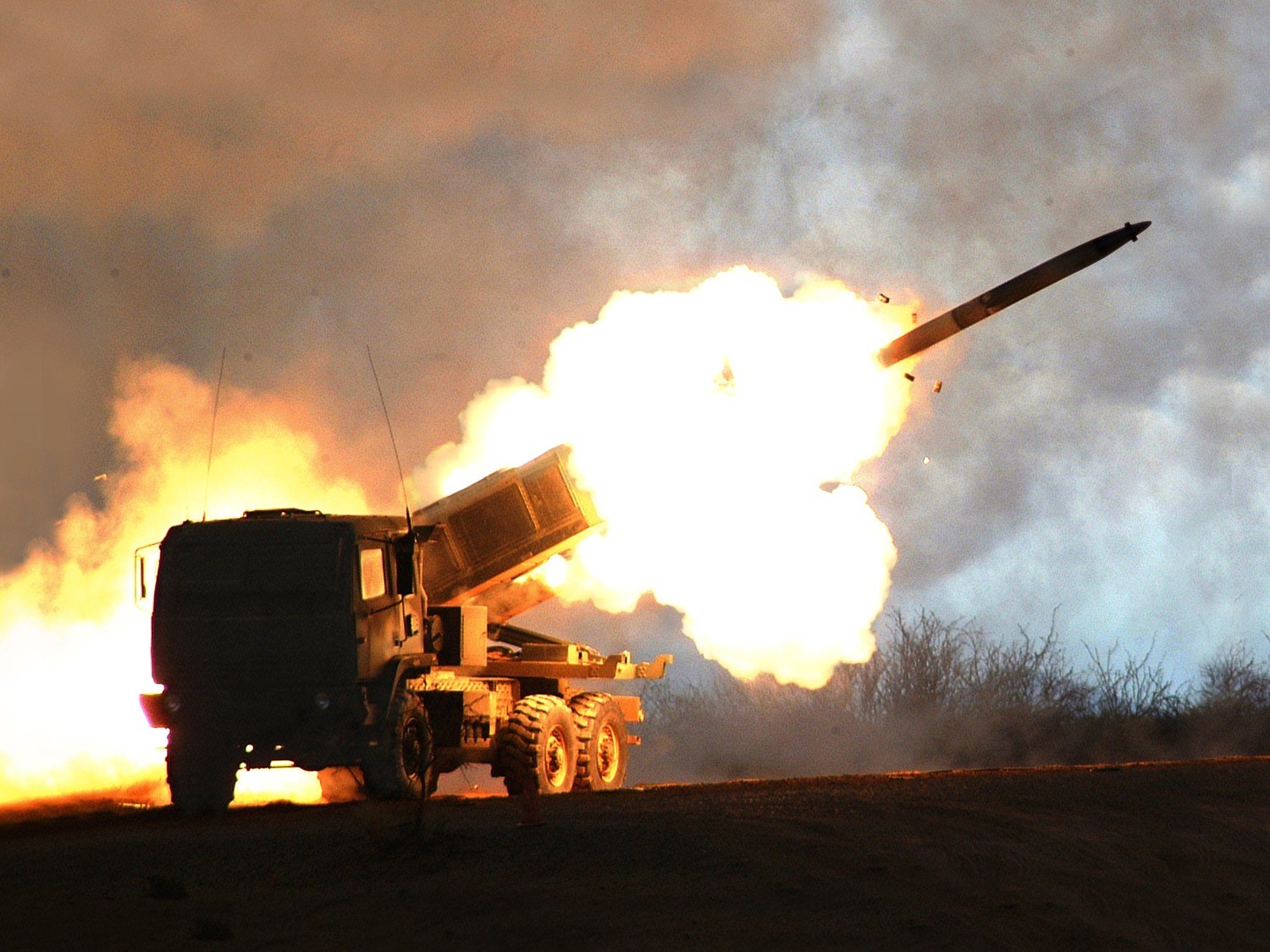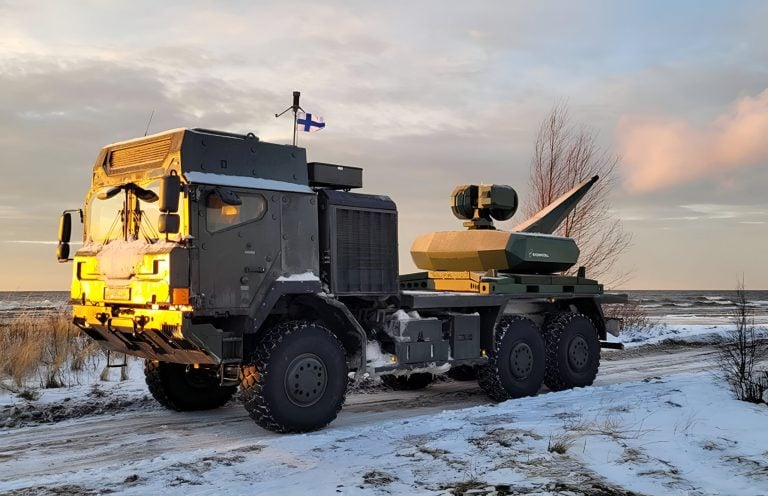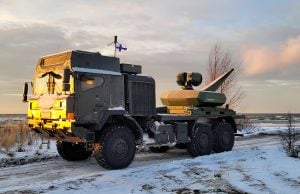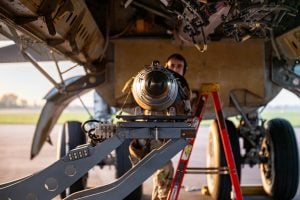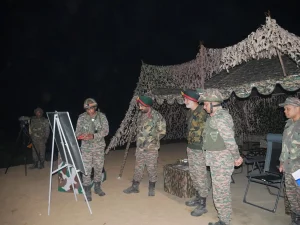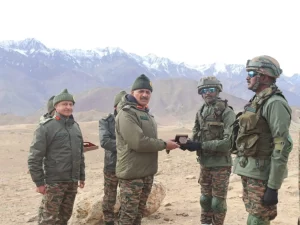The U.S. Army has announced plans to significantly increase the production of Guided Multiple Launch Rocket System (GMLRS) rounds, aiming for an annual output of 19,000 units, with initial deliveries slated for 2030. This strategic initiative encompasses the production of all GMLRS variants, including unitary, alternative warhead, and extended range options.
The potential contract emphasizes the necessity for efficient and cost-effective production methods, alongside tooling, engineering change proposals, and various supporting activities necessary for manufacturing the munitions. Overall, the Army intends to produce a total of 95,010 GMLRS rounds by the year 2032, indicating a substantial commitment to enhancing its arsenal.
The demand for GMLRS has surged, notably influenced by the ongoing conflict in Ukraine, positioning it as the primary munition for the Multiple Launch Rocket System (MLRS) family, which includes the M142 High Mobility Artillery Rocket System (HIMARS) and the M270 launcher. In response to this high demand, Lockheed Martin has already increased its annual GMLRS production in 2023 from 6,000 to 10,000 rounds, with further plans to ramp up to 14,000 in the coming years. This production increase aims not only to support the needs of Ukraine but also to bolster the operational readiness of U.S. allies and maintain the U.S. Army’s capabilities.
The GMLRS is characterized by various types of warheads tailored for specific tactical requirements. The unitary variant is equipped with a 200-pound high-explosive warhead and boasts a range of 70 kilometers (43 miles). In contrast, the alternative warhead, which also weighs 200 pounds, utilizes fragmentation to effectively target area objectives while minimizing the risk of unexploded ordnance. Additionally, the extended range variant significantly enhances operational capabilities, achieving a range of over 150 kilometers (93 miles) through advancements in rocket motor technology and airframe design.
This initiative reflects the U.S. Army’s proactive approach to modernizing its munitions and ensuring readiness in an increasingly complex global security environment.
